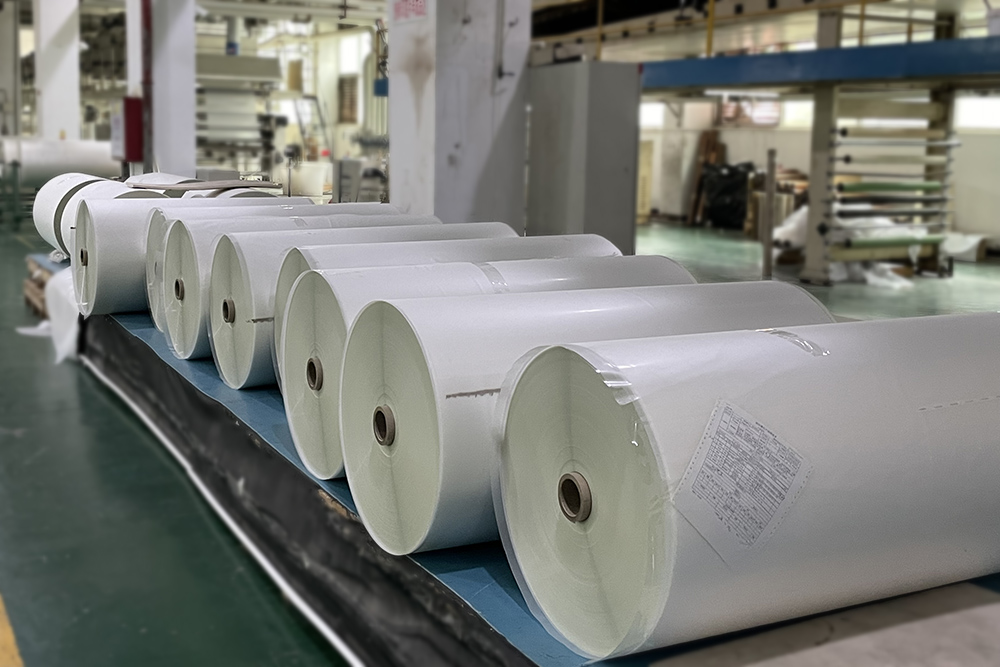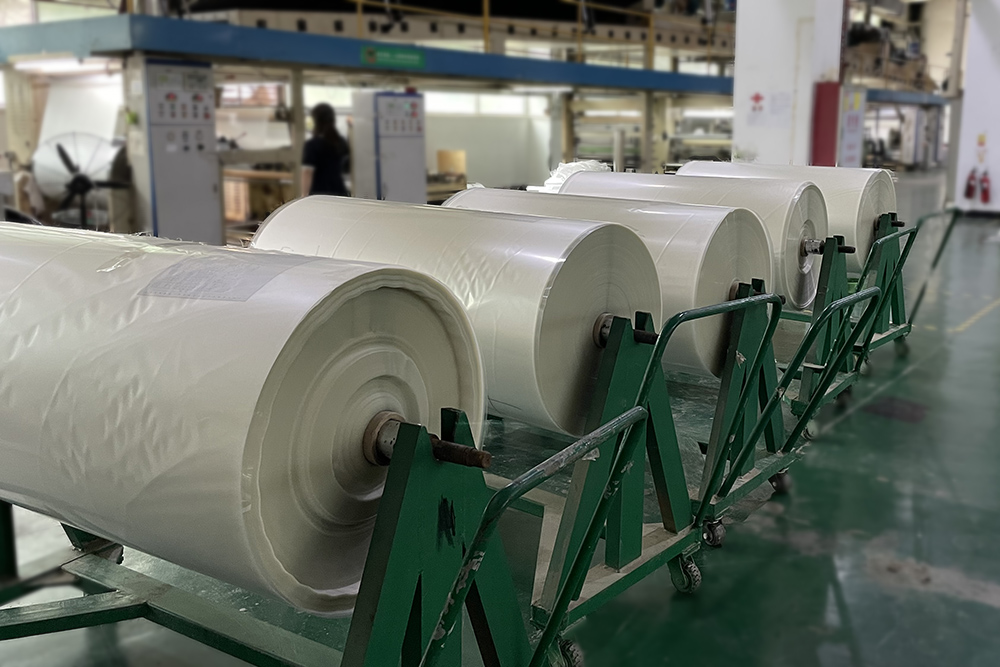When using PET release films for screen printing decals, it is important to ensure vibrant colors and easy application. Here are some key considerations to keep in mind:

1. Film Transparency: Choose a PET release film that offers high transparency. This allows the vibrant colors of the screen-printed decals to shine through, resulting in a visually appealing finished product.
2. Adhesive Compatibility: Ensure that the adhesive used for screen printing decals is compatible with the PET release film. Compatibility is important to ensure proper adhesion of the ink to the film during the printing process and to facilitate easy release when applying the decal.
3. Smooth Surface: PET release films with a smooth surface provide a clean and consistent release, resulting in sharper and more vibrant printed decals. Look for films with minimal surface imperfections or texture that can affect the quality of the printed image.
4. Optimal Thickness: Consider the thickness of the PET release film. Thinner films are generally more flexible and conformable, making them easier to apply onto various surfaces without wrinkles or air bubbles. However, thicker films may offer more durability and protection for the printed decal.
5. Release Coating: PET release films are typically coated with a release agent to facilitate easy separation of the decal from the film. Ensure that the release coating is compatible with the specific adhesive and ink being used in the screen printing process. This will ensure a smooth and clean release without any residue or damage to the decal.
6. Print Quality Testing: Before printing a large batch of decals, conduct print quality tests using the PET release film. This will allow you to assess the vibrancy of the colors, the sharpness of the printed image, and the overall print quality. Adjustments can be made to ink formulations, screen meshes, or printing techniques as needed to achieve the desired results.
7. Application Ease: PET release films should facilitate easy application of the printed decals onto various surfaces. Consider the film's conformability, flexibility, and adhesive compatibility to ensure smooth application without wrinkles, bubbles, or lifting.
8. Quality Control: Regularly inspect the printed decals to ensure the desired vibrant colors and easy application are being achieved consistently. Monitor the performance of the PET release film and make adjustments as necessary to maintain excellent results.
By considering these factors and following best practices, you can ensure that your PET release films contribute to vibrant colors and easy application during screen printing of decals.
Kenteer is a professional manufacturer of PET Release Film. If you have production needs, please contact us.

